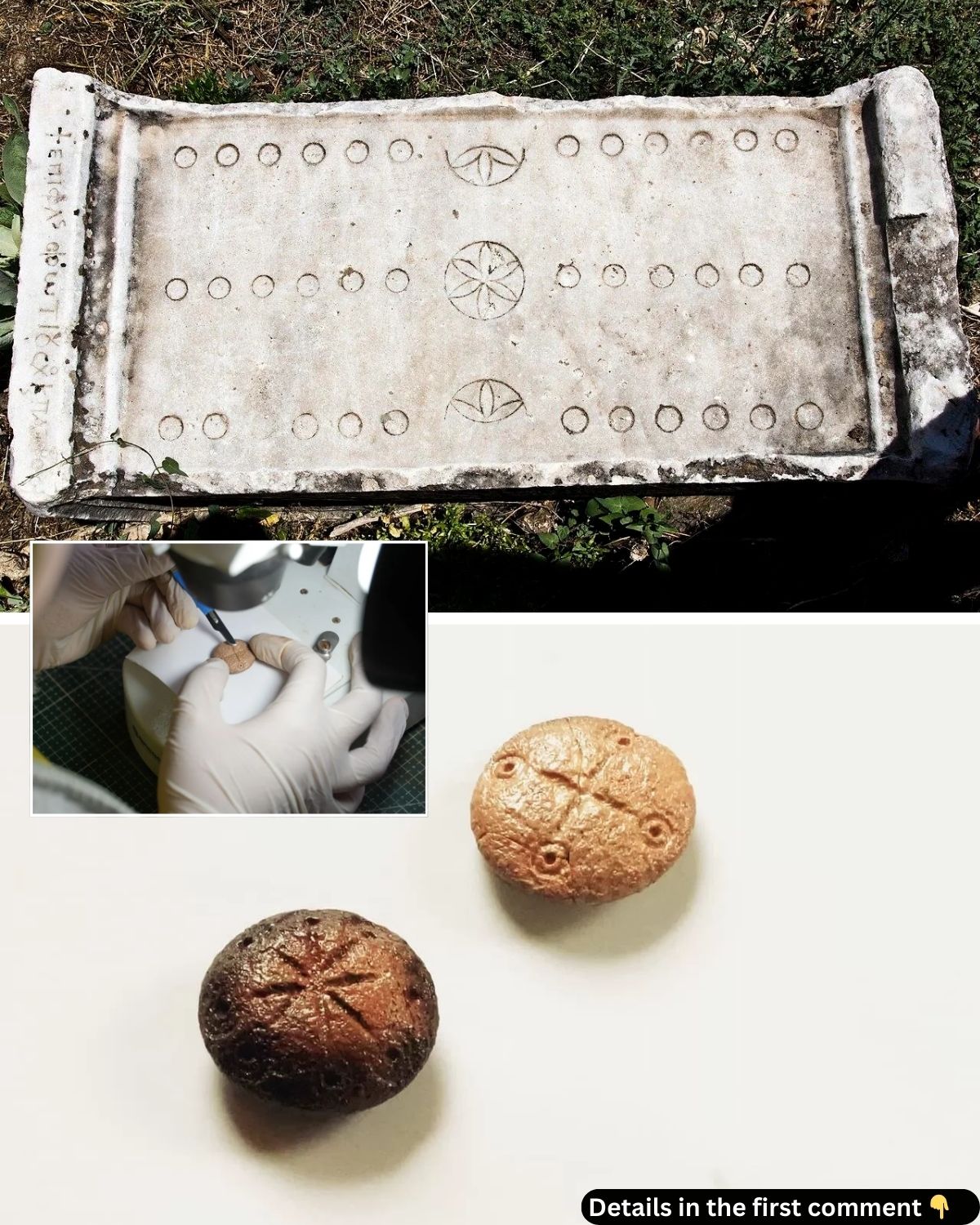In the ancient city of Hadrianopolis, modern-day Turkey, an exciting archaeological discovery has shed new light on the daily lives of Roman soldiers. During excavations, two intricately designed game pieces were unearthed, offering a rare glimpse into the pastimes that shaped the strategic minds of warriors. These 5th-century tokens provide valuable insights into the use of games as a form of relaxation and intellectual training, revealing the sophisticated culture of this Roman military garrison.
The Discovery of Roman Strategy Game Pieces
The bones, which are shaped like discs and lentils, were discovered by the Karabük University Department of Archaeology, led by Associate Professor Ersin Çelikbaş. The discovery was part of the “Heritage for the Future” project, initiated by the Turkish Ministry of Culture and Tourism. These game pieces date back to the 5th century CE and are believed to have been used in games such as Ludus Latrunculorum and Duodecim Scripta, two popular strategy games among Roman soldiers.
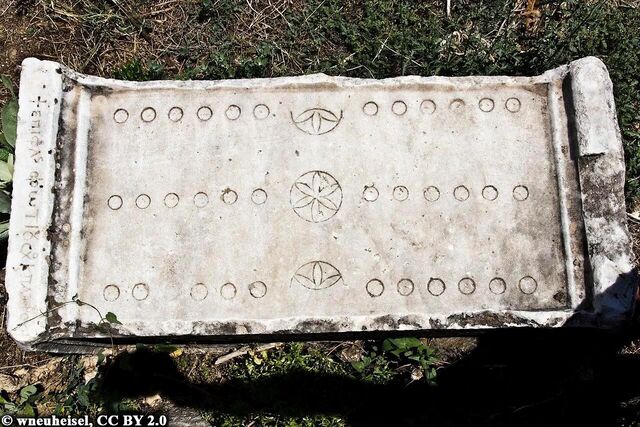
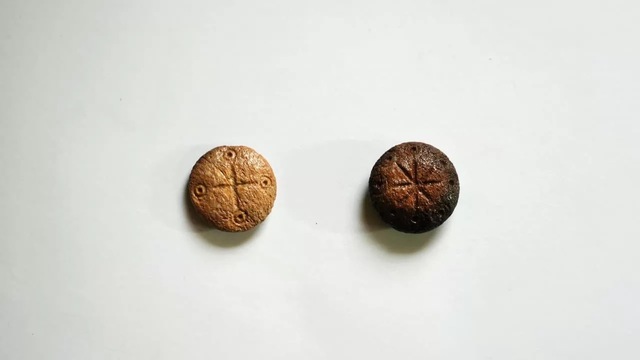
These games were not only an entertaining pastime but also a way to sharpen strategic thinking and foresight—skills necessary on the battlefield. The game pieces uncovered in Hadrianopolis are inscribed with symbols, one featuring a four-armed design and the other with an eight-armed design. These designs weren’t merely decorative; they served a practical purpose, assisting players in formulating strategies during the game, mirroring the tactical expertise required in military engagements. Such games, often played on military campaigns, may have provided Roman soldiers with a sense of camaraderie and mental stimulation during periods of rest.
Video
Check out this video to see the fascinating discovery of game bone stones from a Roman military strategy game, found in the ancient city of Hadrianopolis, Türkiye.
Roman Strategy Games: Ludus Latrunculorum and Duodecim Scripta
Ludus Latrunculorum, or “the game of the robbers,” was a two-player strategy game where the objective was to capture your opponent’s pieces using intelligence and foresight. The gameplay involved a board with squares, and the goal was to outmaneuver the opponent, much like in warfare. It’s easy to see why such a game was favored by Roman soldiers—playing it would have helped them to sharpen their skills in planning, analysis, and decision-making, all of which were vital during military campaigns.
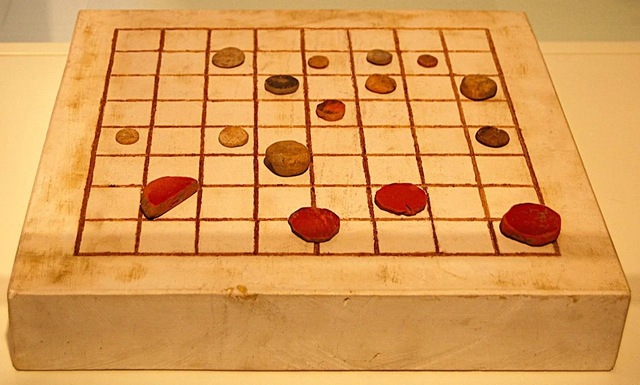
Duodecim Scripta (the “twelve-lined game”) was another popular strategy game, typically played on a board with three rows of twelve squares. It too required strategy and critical thinking, reflecting the importance of both mental and physical preparation in Roman life. These games were more than just entertainment; they were integral to the development of Roman soldiers, reinforcing qualities like patience, tactical ingenuity, and foresight—skills essential to both battlefield success and social interaction.
Symbols and Designs of the Game Pieces
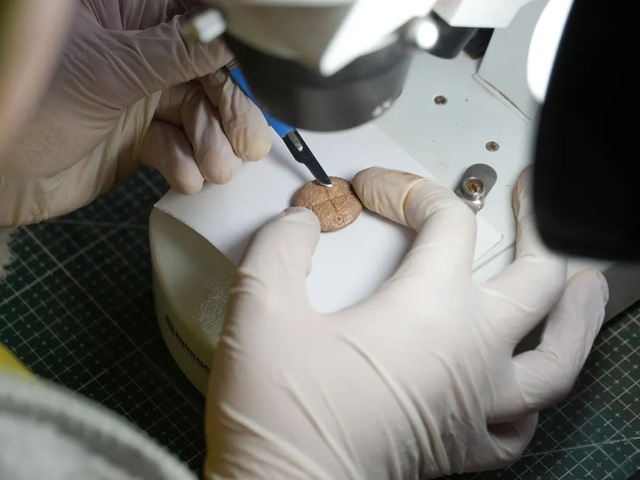
The unearthed game stones bear interesting inscriptions—one features a four-armed design, while the other is inscribed with eight arms. The number of arms could represent different types of game moves, much like the various strategies one might employ in a military conflict. The use of symbols for strategic purposes underscores how Roman soldiers merged their everyday activities with the same skills they used in war. The fact that these game pieces were so intricately designed suggests that these games were taken seriously, not as simple pastimes but as exercises in skill-building and intellectual engagement.
The use of bone as the material for these game pieces is also noteworthy. Bone was a common material in Roman times, used for everything from personal adornment to tools and, of course, game pieces. Its durability ensured that these game pieces survived for over a millennium, offering a fascinating glimpse into Roman life and the cultural importance of games.
The Military Presence at Hadrianopolis

Hadrianopolis, often referred to as the “Zeugma of the Black Sea” due to its stunning mosaics, was not just a cultural hub but a vital military garrison for the Roman Empire. Situated near the empire’s eastern frontier, it was strategically placed to defend against potential invasions from the Black Sea region. The discovery of the game pieces further cements Hadrianopolis’s role as an important military site, particularly between the 2nd and 5th centuries CE.
Hadrianopolis’s military presence was not limited to the city itself. Archaeological evidence, including remnants of Roman baths, theaters, and villas, hints at the presence of a well-established military camp. Excavations have revealed a 3rd-century cavalry mask and barracks within the city, underscoring its significance as a garrison town. These game pieces offer further insight into the lifestyle of soldiers stationed in Hadrianopolis, who, while preparing for potential battles, also engaged in intellectual games that mirrored the challenges of warfare.
Architectural and Cultural Marvels of Hadrianopolis
Hadrianopolis was more than just a military outpost; it was also a thriving center of Roman culture. The city, originally founded as Orestias by the ancient Greeks, was renamed by Emperor Hadrian in the 2nd century CE. Under Roman rule, it flourished, especially during the Chalcolithic, Roman, and Byzantine periods. The city’s architectural splendor included monumental structures like Roman baths, villas, and ceremonial niches, alongside the more familiar theaters and churches. The archaeological discoveries in Hadrianopolis also include stunning mosaics depicting animals like horses, elephants, and even mythological griffons.
The discovery of Roman game pieces adds a fascinating layer to the city’s rich cultural and military history. Hadrianopolis was not only a place of strategic importance but also a venue where Roman soldiers and citizens could engage in recreational and intellectual pursuits, reflecting the multifaceted nature of Roman society.
Ongoing Excavations and Future Prospects

As excavations continue in Hadrianopolis, archaeologists are hoping to uncover more artifacts that shed light on the daily lives of the Romans who lived there. The findings from 2024 are just the beginning of what promises to be a wealth of historical revelations. With ongoing research, there’s potential to discover further insights into the city’s military, cultural, and social life.
The “Heritage for the Future” project is dedicated to preserving the rich history of Hadrianopolis while uncovering the hidden stories of the past. As archaeologists dig deeper, we may learn even more about how Roman soldiers lived, worked, and played in this fascinating corner of the empire.
Video
Watch this video to explore the ancient board games people played in the past, uncovering the fascinating games that shaped entertainment in history.
Conclusion
The discovery of Roman game pieces in Hadrianopolis is more than just an archaeological find; it is a window into the past, offering a unique glimpse into the leisure activities of Roman soldiers. It serves as a reminder that, while the Roman Empire was known for its military prowess, it was also a culture that valued intellectual engagement, strategy, and recreation. These game pieces, simple yet meaningful, help us understand the complex and multifaceted nature of Roman life, from the battlefield to the gaming table. As future excavations continue to uncover more treasures, Hadrianopolis will undoubtedly remain a key location for understanding the daily life of ancient civilizations.
